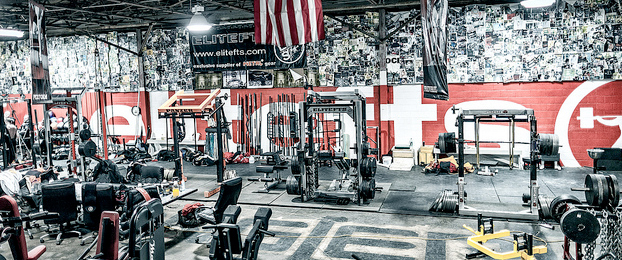
Let me start off by clearing my throat. The word “core” sends my blood pressure through the roof. Don’t get me wrong. I don’t have any problem with intelligent people using the word, but what really drives me crazy are the folks in the gym who use the term “core” so loosely. These are the people who always claim they train their “core” yet always seem to be doing abdominal work. You know—500 reps four days a week.
Are you kidding me? Oh yeah, that’s great “core” training! That’s why they collapse when they get under the bar to bench, squat, or friggin’ walk! Whew… hold on a second while I do a depth jump off my soapbox…OK.
So I’ve done a little brainstorming to help those intellectual folks who might share the same frustrations take a sharp left from the common lingo that’s gotten out of hand in the fitness community and leave those other folks still training their “core.” Here’s my attempt at a global reprogramming of the word “core” for the intelligent community that visits EliteFTS for their training knowledge fix.
Strike zone (the more you say it, the better it sounds!)
Let’s look at what makes up the strike zone in softball and baseball.
All the important structures—anterior and posterior—that hold the body erect can be found in this strike zone—the vertebral column and all the muscles that attach to stabilize and support it; the hips, which are crucial for generating power, rotation, and change of direction; and last but not least, the shoulders and knees.
The intent to train the core is so much more than just the abs. It’s the powerhouse of the body. It’s where a majority of all movement originates. The last time I checked, most sports are done standing up, not doing sit-ups. If your strike zone is weak and unstable, the distal extremities will be weak and unstable as well. It doesn’t matter how much you can bench or curl. By the way, those of you who don’t think the bench press is a total body exercise, just try to explain that to Dave Tate and then duck. There is a tremendous amount of strike zone tension when the bench press is performed correctly. It truly is a total body lift.
In order to develop a strong, stable, strike zone, proper exercise selection is crucial. In part two of this article, I’ll show you some ways that the strike zone can be trained through movements that don’t require you to lie on your back doing crunches.
Leave those other folks to train their “core.” If you train your strike zone, you can’t “strike out!”









